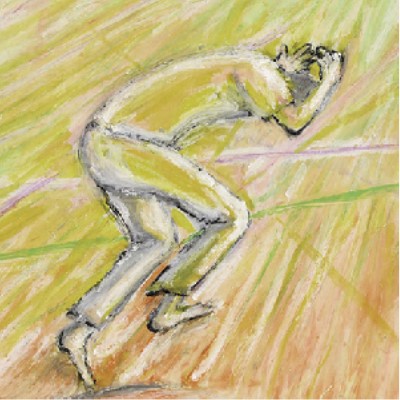Hiroshima Peace Memorial Museum
Viewing the Hiroshima Peace Memorial Museum site takes time, as it is very dense in content and full of narratives, documents and images. The site's organization leads from an intense and unblinking description of the horror of the atomic bomb blast through the suffering and destruction of its aftermath, survivors' (hibakusha) stories, reconstruction of the city, and the determination to make the memorial an enduring message of peacemaking. The historical material that is presented from multiple angles carefully allows the material to speak for the catastrophe and reconstruction.
The site's home page is laid out vertically into five main areas: the Virtual Museum, Kid's Peace Station, Steps Toward Peace, the Peace Declaration. A virtual museum visit provides a tour of Peace Park, a memorial at the center of reconstructed Hiroshima, which also houses the museum. The website includes a virtual tour, floor plans of the exhibits and a recommended sequence for visiting, and links to online highlights from the exhibits. Special exhibitions include photographs of the damage, artifacts, film footage, artwork from survivors that describes the effects of the blast, and an array of scientific information on the effects. A considerable part of the site is devoted to the campaign for disarmament and elimination of nuclear testing and ultimately, weapons. It includes maps of current nuclear powers, protests against testing, and the Peace Declaration, a speech delivered by the mayor of Hiroshima every year since 1947 on the occasion of the anniversary of the atomic bomb in Hiroshima, which annually reiterates the plea for the world to eliminate nuclear weapons. A video features the most recent Peace Declaration. The "search" feature is organized by topic in addition to allowing keyword searches.
The site's special area for children's viewing and responses via e-mail is called the "Kids' Peace Station and Peace Plaza." There is a lot of content on children, many of whom had been mobilized as school-based crews in the city before the blast to dismantle buildings and create firebreaks in anticipation of "conventional" bombing. In addition, those who are still living were mostly children at the time. Finally, a large portion of the content is aimed at children, from the symbolic origami-folded cranes made by children in memory of the girl Sadako, to the hopes of the next generation for peace, and active education to achieve it. An interesting part of the site is the area for children's input from around the world. A main feature includes presentations on peace activities in various lands by school classes, such as, charity projects, letter-writing campaigns, and symbolic activities surrounding the paper cranes.
